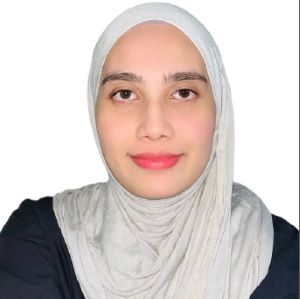Preventive chemotherapy: An explainer on the Princess of Wales' treatment

SHAH ALAM – Britain's Catherine, Princess of Wales has recently made a revelation that she has been diagnosed with cancer in a public announcement.
She revealed that following her abdominal surgery in January, she started undergoing preventive chemotherapy, seeking to put an end to the baseless speculations over her monthslong absence from public life.
What exactly preventive chemotherapy and to what extent can it prove effective?
What is preventive chemotherapy?
Preventive chemotherapy is also known as adjuvant chemotherapy and done after the initial treatment of cancer, reported British daily newspaper The Guardian. It is a regulative treatment typically done in the span of three to six months, depending on the seriousness of the cancer and the earlier the diagnosis, the better. The patient will be given anti-cancer drugs throughout the treatment to mop up any cancer cells left after the surgery during the initial treatment, which is usually the removal of the tumour.
What does it do?
The report stated that the therapy reduces the risk of the original cancer coming back and spreading, which is usually due to leftover cancer cells that could not be scanned by hospital tests and scans due to their very small sizes. It is important that cancer cells do not spread too far until they have affected nearby lymph nodes, which usually happens during the later stage until the cancer becomes terminal and there is no longer any survival rate.
How does the therapy work?
Courses of adjuvant chemotherapy can last for years, depending on the type and stage of the cancer, which is scanned during the biopsy before the removal of the tumour. Regardless, all courses provide the same function, which is to stop rapidly dividing cells, which may include healthy cells too, but will be provided with recovery by the body due to its nature.
How many courses of therapy do people have?
It was reported that according to University of Warwick Cancer Research Centre director Professor Lawrence Young, any subsequent therapy required is to ensure that any cancer cells present will be destroyed. When cancer cells are still present, through a scan, effectiveness is ensured by providing another course of therapy.
How effective is the therapy?
This therapy is particularly designed for cancer that has the potential to come back, such as breast, bowel and lung cancer, but it can also be used for other diseases of the same nature. For example, it is used for a patient with epithelial ovarian cancer, the most common type of ovarian cancer, because of the risk of the disease returning. Doctors assess the potential benefits of adjuvant therapy based on factors such as the cancer type, disease stage and characteristics of the tumour.
What are the side effects?
Chemotherapy has side effects and no chemotherapy is completely harmless. Some specific drugs will cause nausea, tiredness, vomiting, diarrhoea, an increased risk of picking up infections and a loss of appetite, but these usually last during the course of the treatment only. It means that side effects will cease once treatment is over.
Such side effects happen due to the treatment causing harm to not just the harmful cells in the body, but also all rapidly dividing cells such as hair, bone marrow, skin and the lining of the digestive system. The damage is said to be temporary.
It was reported that younger people recover better from the side effects, which will cause doctors to double their doses of drugs, as compared to older people, which will give a faster rate of recovery for the younger patients. According to The Guardian, honourary reader at Queen Mary University of London and consultant breast surgeon at Homerton University Hospital Dr Mangesh Thorat said younger people have young tissues that heal more rapidly.
How long does it take to recover?
The report said that it entirely depends on the patient and the specific drugs given, but it can take several months for a person to be back to full strength. Since younger people can heal better than older people, they usually recover faster than them.















